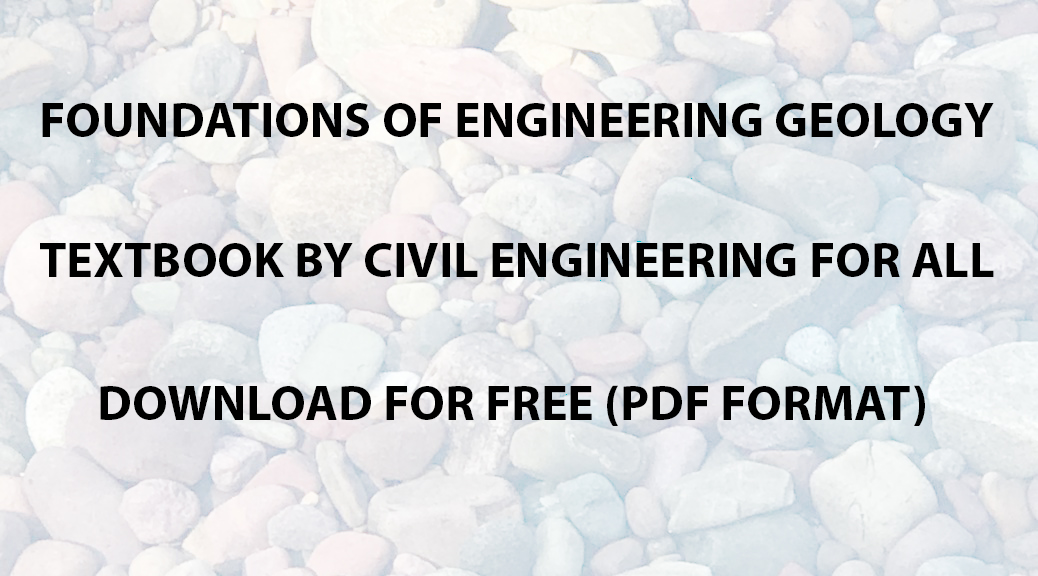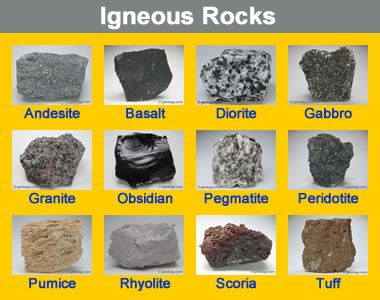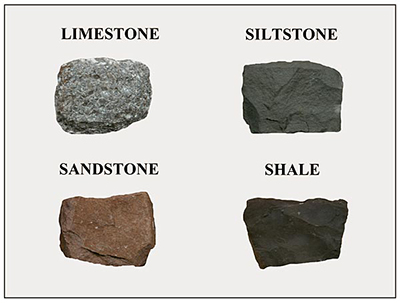

TOPICS COVERED
- GEOLOGY AND CIVIL ENGINEERING
- IGNEOUS ROCKS
- SURFACE PROCESSES
- SEDIMENTARY ROCKS
- METAMORPHIC ROCKS
- GEOLOGICAL STRUCTURES
- GEOLOGICAL MAPS AND SECTIONS
- GEOLOGICAL MAP INTERPRETATION
- PLATE TECTONICS
- BOUNDARY HAZARDS
- ROCKS OF BRITAIN
- ROCKS OF THE UNITED STATES
- WEATHERING AND SOILS
- FLOODPLAINS AND ALLUVIUM
- GLACIAL DEPOSITS
- CLIMATIC VARIANTS
- COASTAL PROCESSES
- GROUNDWATER
- GROUND INVESTIGATION
- DESK STUDY
- GROUND INVESTIGATION BOREHOLES
- GEOPHYSICAL SURVEYS
- ASSESSMENT OF DIFFICULT GROUNDS
- ROCK STRENGTH
- ROCK MASS STRENGTH
- SOIL STRENGTH
- GROUND SUBSIDENCE
- SUBSIDENCE ON CLAYS
- SUBSIDENCE ON LIMESTONE
- SUBSIDENCE OVER OLD MINES
- MINING SUBSIDENCE
- SLOPE FAILURE AND LANDSLIDES
- WATER IN LANDSLIDES
- SOIL FAILURE AND LANDSLIDES
- LANDSLIDE HAZARDS
- SLOPE STABILIZATION
- UNDERSTANDING GROUND CONDITIONS
- ROCK EXCAVATION
- TUNNELS IN ROCK
- STONE AND AGGREGATE
THE GEOLOGICAL ENVIRONMENT
Earth is an active planet in a constant state if change. Geological processes continually modify the Earth’s surface, destroy old rocks, create new rocks and add to the complexity of ground conditions.
Cycle of Geology encompasses all the major processes, which must be cyclic, or they would grind to an inevitable halt.
Land : Mainly erosion and rock destruction
Sea : Mainly deposition, forming new sediments
Underground : New rocks created and deformed
Earth Movements are vital to the cycle, without them the land would be eroded down to just below sea level. Plate tectonics provide the mechanism for nearly all earth movements. The hot interior of the Earth is the ultimate energy source which drives all geological processes.
Geological time is an important concept. Earth is 400M years old and has evolved continuously towards its present form.
SURVEYING IES MASTER GATE STUDY MATERIAL : CLICK HERE
Most rocks encountered by engineers are 10-500M years old. They have been displaced and deformed over time, and some are then exposed at the surface., by erosional removal of rocks that once lay above them. Underground structures and the ground surface have evolved steadily through geological time.
Most surface landforms visible today have been carved out by erosion within the last few million years, while older landforms have been destroyed. This time difference is important, the origin of the rocks at the surface may bear no relationship to the present environment. The classic example is Mount Everest whose summit is limestone, formed in a sea 300M years ago. Geological time is difficult to comprehend but it must be accepted as the time gaps account for many of the contrasts in ground conditions.
GEOTECHNICAL ENGINEERING ACE GATE MATERIAL : CLICK HERE
ROCKS AND MINERALS
Rocks are the mixtures of minerals with variable properties.
Minerals are compounds of elements with fixed properties.
Rock properties broadly depends on the following
- Strength and stability of constituent minerals
- Interlocking or weakness of mineral structure
- Fractures, bedding and larger rock structures
All rocks fall into one of the three families, each with broadly definable origins and properties.
IGNEOUS ROCKS
Material Origin : Crystalised from molten magma
Environment : Underground, and as lava flows
Rock Texture : Mosaic of interlocking crystals
Rock Structure : Massive (Structureless)
Rock Strength : Uniform high strength
Major types : Granite, basalt

SEDIMENTARY ROCKS
Material Origin : Erosional debris on Earth’s surface
Environment : Deposition basins, mainly sea
Rock Texture : Mostly granular and cemented
Rock Structure : Layered, bedded, bedding planes
Rock Strength : Variable low, planar weaknesses
Major types : Sandstone, limestone, clay

METAMORPHIC ROCKS
Material Origin : Altered by heat and/or pressure
Environment : Mostly deep inside mountain chains
Rock Texture : Mosaic of interlocking crystals
Rock Structure : Crystal orientation due to pressure
Rock Strength : Variable high, planar weaknesses
Major types : Schist, slate

Most rock-forming minerals are silicates compounds of oxygen, silicon and other elements. Rock properties can show extreme variations. It is useful to generalize as in the properties shown above, in order to build an understanding of geology. But it must be accepted that rocks are not engineered materials and their properties do vary from site to site. For example, most sedimentary rocks are quite weak, and limestone is a sedimentary rock, but some of the limestones are very strong.
ENVIRONMENTAL ENGINEERING ACE GATE NOTES : CLICK HERE
ROCK STRENGTH : Strength of the intact rock depends on component mineral strengths and the way they are bound together by interlocking or cementation. Rock mass strength applies to a mass of fractured rock within the ground and largely relates to the fracture weaknesses. Hardness is not directly related to strength, normally only relevant to ease of drilling. Rock failure is normally in shear, unconfined compression in laboratory test produces oblique failure shears.
Unconfined Compressive Strength (UCS) is the strength under uniaxial load in unconfined state. UCS of dry rock is standard for defining rock strength. UCS broadly relates to porosity and therefore to dry density. Most igneous rocks have porosity of less than 1% and UCS is greater than 200MPa. Sedimentary rocks with density of less than 2-3 t/cubic meters generally have UCS of less than 70MPa.
Modulus of elasticity (E) is the stress increment per strain increment, therefore directly related to strength. It is mostly known as Young’s modulus. Ductile failure starts where confining stress is greater than UCS. Modulus ratio is E/UCS, and is around 300 for most of the rocks and less than 500 for some strong and still limestones.
FOUNDATIONS OF ENGINEERING GEOLOGY TEXTBOOK CIVILENGGFORALL
DOWNLOAD LINK : CLICK HERE
PASSWORD : CivilEnggForAll
OTHER USEFUL BOOKS
- BUILDING MATERIALS – MOCK TEST 1 (QUICK)
- TELANGANA STATE PUBLIC SERVICE COMMISSION – ASSISTANT ENGINEER 2023 – TSPSC AE 2023 CIVIL ENGINEERING EXAM SOLVED PAPER WITH EXPLANATIONS PDF FREE DOWNLOAD
- SSC JE 2023 CIVIL ENGINEERING (CPWD/CWC/MES) EXAM SOLVED PAPER PDF FREE DOWNLOAD
- BIHAR PUBLIC SERVICE COMMISSION ASSISTANT ENGINEER (BPSC AE) 2022 CIVIL ENGINEERING EXAM SOLVED PAPER WITH EXPLANATIONS PDF
- NHPC (NATIONAL HYDROELECTIC POWER CORPORATION) JUNIOR ENGINEER NHPC JE 2022 CIVIL ENGINEERING EXAM SOLVED PAPER PDF FREE DOWNLOAD

Leave a Reply